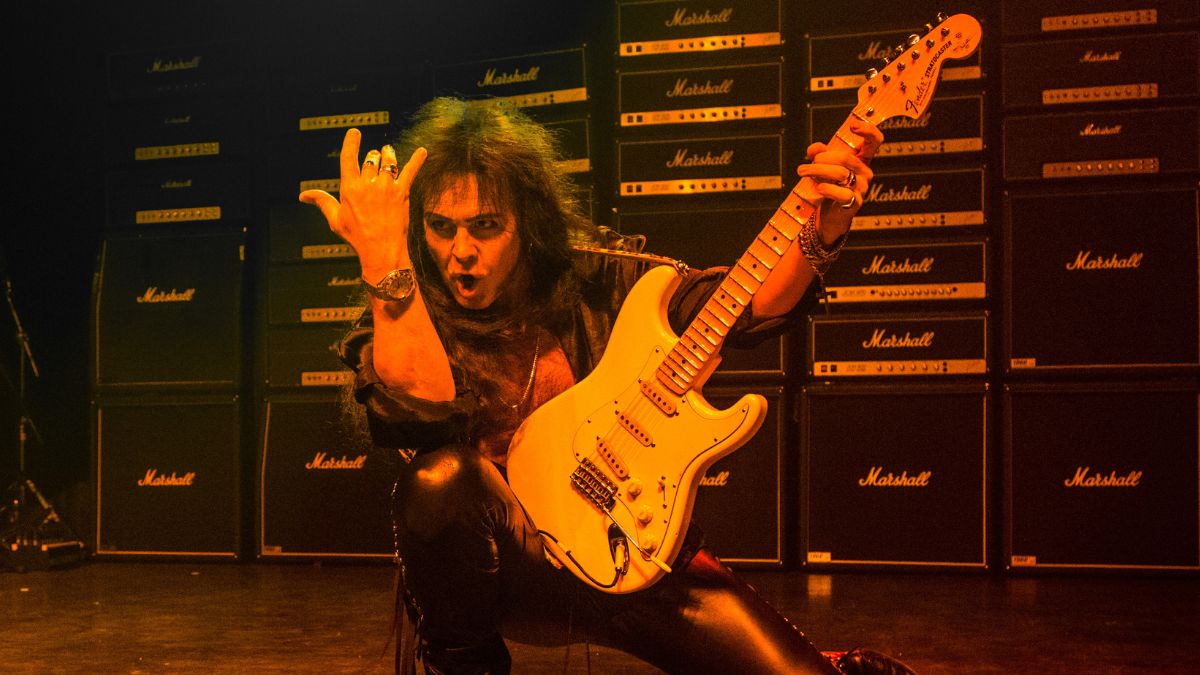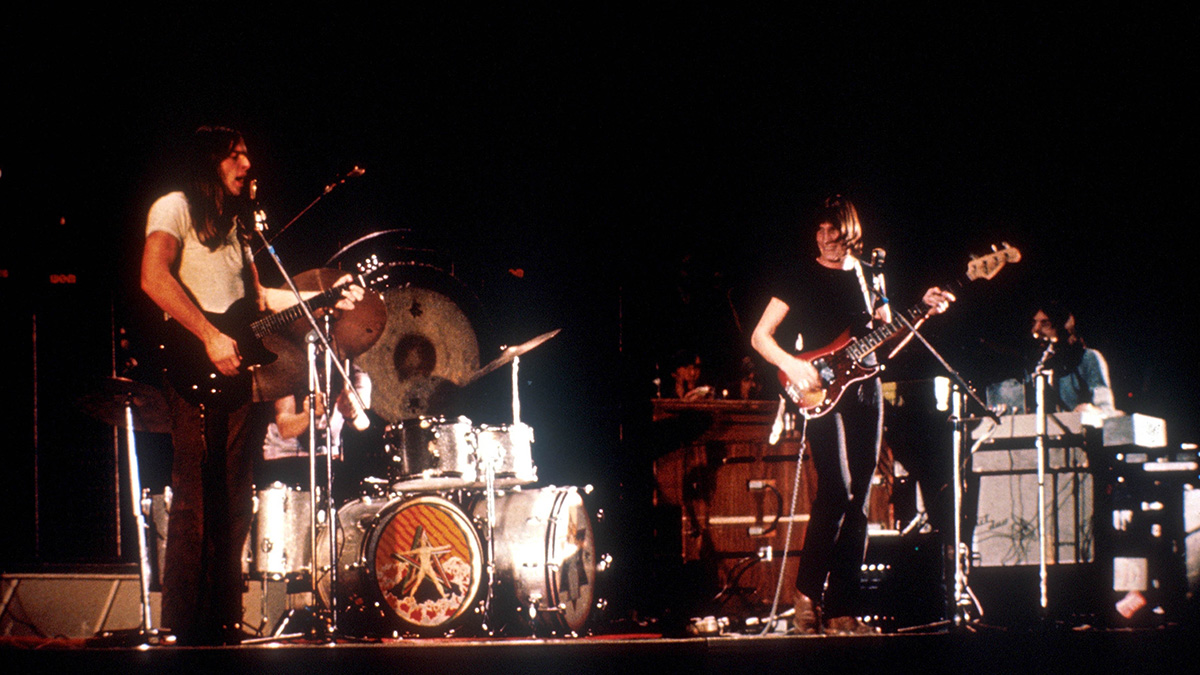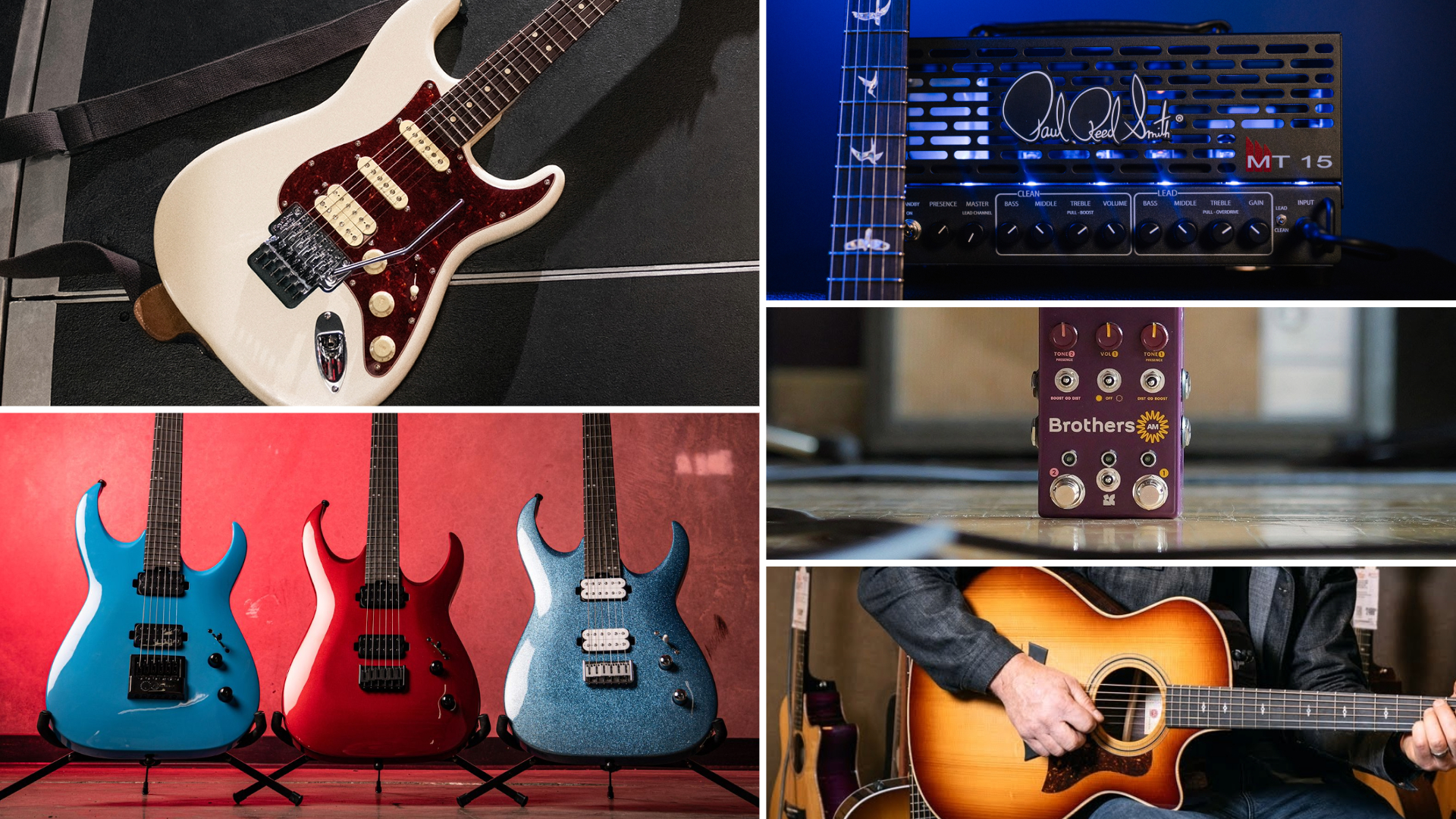Four Score: Roger Daltrey & Pete Townsend Discuss 'Quadrophenia'
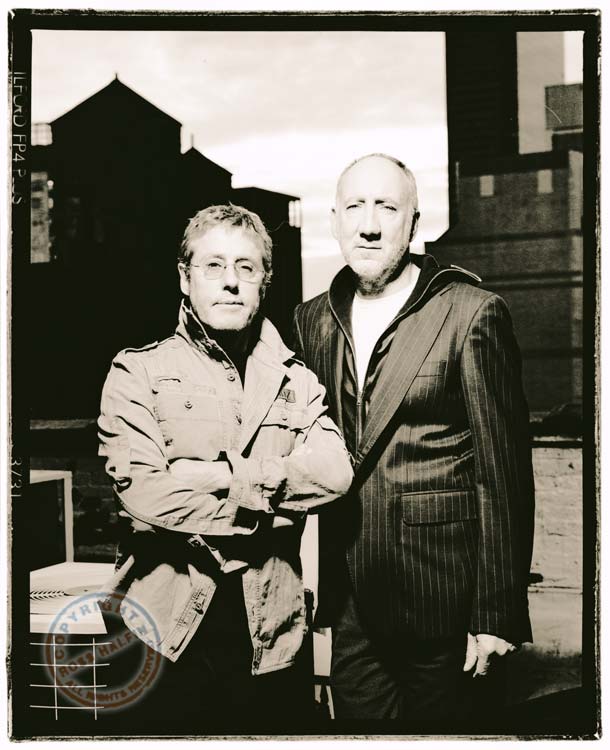
This is an excerpt from the August 2014 issue of Guitar World. For the rest of this story, plus features on Kirk Hamlett, Soundgarden, Jackson Guitars, David Crosby, our Summer Tour Survival Guide, columns, tabs and reviews of new gear from Jackson, Ibanez, Blackstar, Musicvox, EarthQuaker Devices, Electra Guitars and more, check out the August 2014 issue at the Guitar World Online Store.
Pete Townshend and Roger Daltrey struggled for years to create a successful live production of Quadrophenia. The surviving Who members tell how they finally achieved their goal, as seen in the new video release Live in London.
“It’s a bit like havin’ a hard day in the toilet.”
Roger Daltrey’s spiky London accent comes crackling down the phone line. The Who’s lead singer is trying to explain the rigors and challenges of performing Quadrophenia, the band’s classic 1973 album, in concert. Daltrey’s powerful lungs and epic pipes get pushed to their limit on Pete Townshend’s towering rock opera. The piece is also emotionally wrenching to perform, no more so than on the Who’s acclaimed 2012–’13 "Quadrophenia and More" tour. For that production, images of dearly departed Who members, drummer Keith Moon and bassist John Entwistle, were presented on rear-stage projection screens. At times, their performances were carefully knitted into the fabric of the production, reuniting them, virtually at least, with their former band mates.
“It had to be that way,” Daltrey says. “The original idea for Quadrophenia is you’ve got these four guys in a band, the Who. The band is this doubly schizophrenic person called Jimmy. And the music is Jimmy. That’s what I was trying to bring across with the visuals for this live show. That’s why I brought Keith and John back in.”
All of which makes the new, multiformat DVD release Quadrophenia: Live in London by far the best realization of Townshend’s multimedia masterpiece since the original gatefold-sleeve vinyl issue. Recorded at London’s Wembley Arena on July 8, 2013, at the tour’s triumphant climax, Live in London captures the full majesty of Townshend’s epic composition in razor-sharp Blu-ray video and cavernous 5.1 audio. The stunning visual presentation that Daltrey and a filmmaking team prepared as a concert backdrop works beautifully on the home video screen and stands head and shoulders above most rock concert films.
Townshend and Daltrey haven’t always seen eye to eye over the years, but Pete has only praise for Daltrey’s work on this newest Quadrophenia reincarnation. “The visual interpretation is fascinating,” Townshend says. “Roger has set the music against an almost abstract visual background, with a fair bit of news footage and a lot of Who images from our early days. I’m sensing the emergence of Roger’s own acute view of post–World War II social history, and the audience responds very positively to it. I feel it must invite the listener and observer to enter the story behind the images and the music and make them their own. That’s my definition of the rock system at its best. Roger and his team have pulled off something really special.”
Get The Pick Newsletter
All the latest guitar news, interviews, lessons, reviews, deals and more, direct to your inbox!
The inherent problems of presenting Quadrophenia live in concert have been a source of disagreement between Daltrey and Townshend from the start. The Who’s pioneering 1969 rock opera, Tommy, effortlessly made the transition from studio to stage and has been a powerful concert piece for the band ever since. But Townshend, Daltrey, Entwistle and Moon weren’t as fortunate with Quadrophenia when they first took it on the road in late 1973. Daltrey would insert lengthy spoken explanations of the plot line between songs, breaking up the headlong momentum that’s essential to any rock concert. The group also experimented with performing live to recorded backing tracks, necessitating the use of click tracks for Moon, who found the process difficult and constricting to his wild drumming style. The original Quadrophenia tour was the first since the group first hit the States in 1967 that wasn’t an unqualified artistic triumph.
For the rest of this story, plus features on Kirk Hamlett, Soundgarden, Jackson Guitars, David Crosby, our Summer Tour Survival Guide, columns, tabs and reviews of new gear from Jackson, Ibanez, Blackstar, Musicvox, EarthQuaker Devices, Electra Guitars and more, check out the August 2014 issue at the Guitar World Online Store.
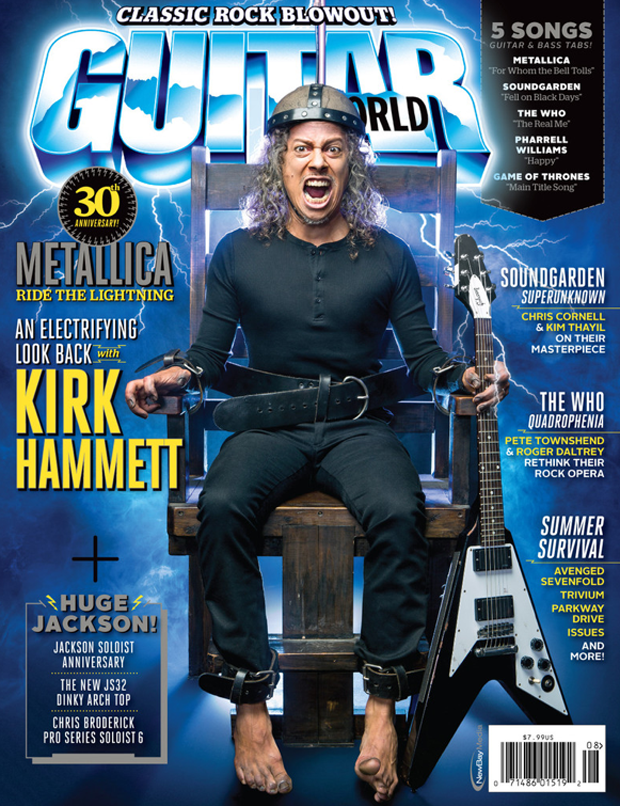
In a career that spans five decades, Alan di Perna has written for pretty much every magazine in the world with the word “guitar” in its title, as well as other prestigious outlets such as Rolling Stone, Billboard, Creem, Player, Classic Rock, Musician, Future Music, Keyboard, grammy.com and reverb.com. He is author of Guitar Masters: Intimate Portraits, Green Day: The Ultimate Unauthorized History and co-author of Play It Loud: An Epic History of the Sound Style and Revolution of the Electric Guitar. The latter became the inspiration for the Metropolitan Museum of Art/Rock and Roll Hall of Fame exhibition “Play It Loud: Instruments of Rock and Roll.” As a professional guitarist/keyboardist/multi-instrumentalist, Alan has worked with recording artists Brianna Lea Pruett, Fawn Wood, Brenda McMorrow, Sat Kartar and Shox Lumania.







